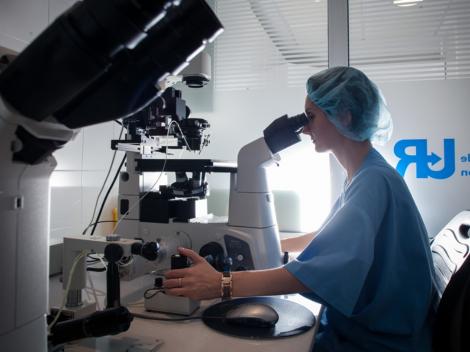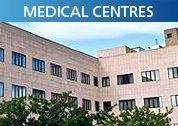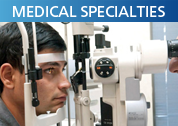More efficient embryos

The Vistahermosa Clinic incorporates a system that improves the assisted reproduction and boosts success results to 85%.
One of the main problems faced by women who undergo assisted reproduction processes is the possibility that embryos will not become able to implement them and give rise to a pregnancy. This has partly natural causes that are completely unavoidable, but there are also other reasons more linked to changes in environment which the Zygote faces whenever it is extracted from the incubator to examine its evolution. This is one of the risks that it manages to avoid the Embryoscope, an innovative system that uses the Assisted Reproduction Unit at the Clinica Vistahermosa in Alicante, since the beginning of this year and that it raises the rate of success of these pregnancies up to 85%.
As Dr. Juan Manuel Moreno explained, Assisted Reproduction Laboratory Director, the Embryoscope takes a picture of each of the embryos every five minutes that allows practically get a film about its evolution without taking them out from the incubator. In addition, all data is recorded, so through it check-ups and follow-ups can be done.
In this way, according to Moreno, "we have much more information about embryos with good prognosis", and especially we know with more accuracy if a Zygote, which generated doubts, has real possibilities for successful development. So far, the most usual technique consisted in removing embryos from the incubator and examine them under the microscope several times a day, with the consequent danger of temperature change. In the Embryoscope, however, it is always 37 degrees.
At the moment around 60 patients have used this system. Moreno highlights the increase of effectiveness with this technique, while "it changes the concept of embryos selection ".




